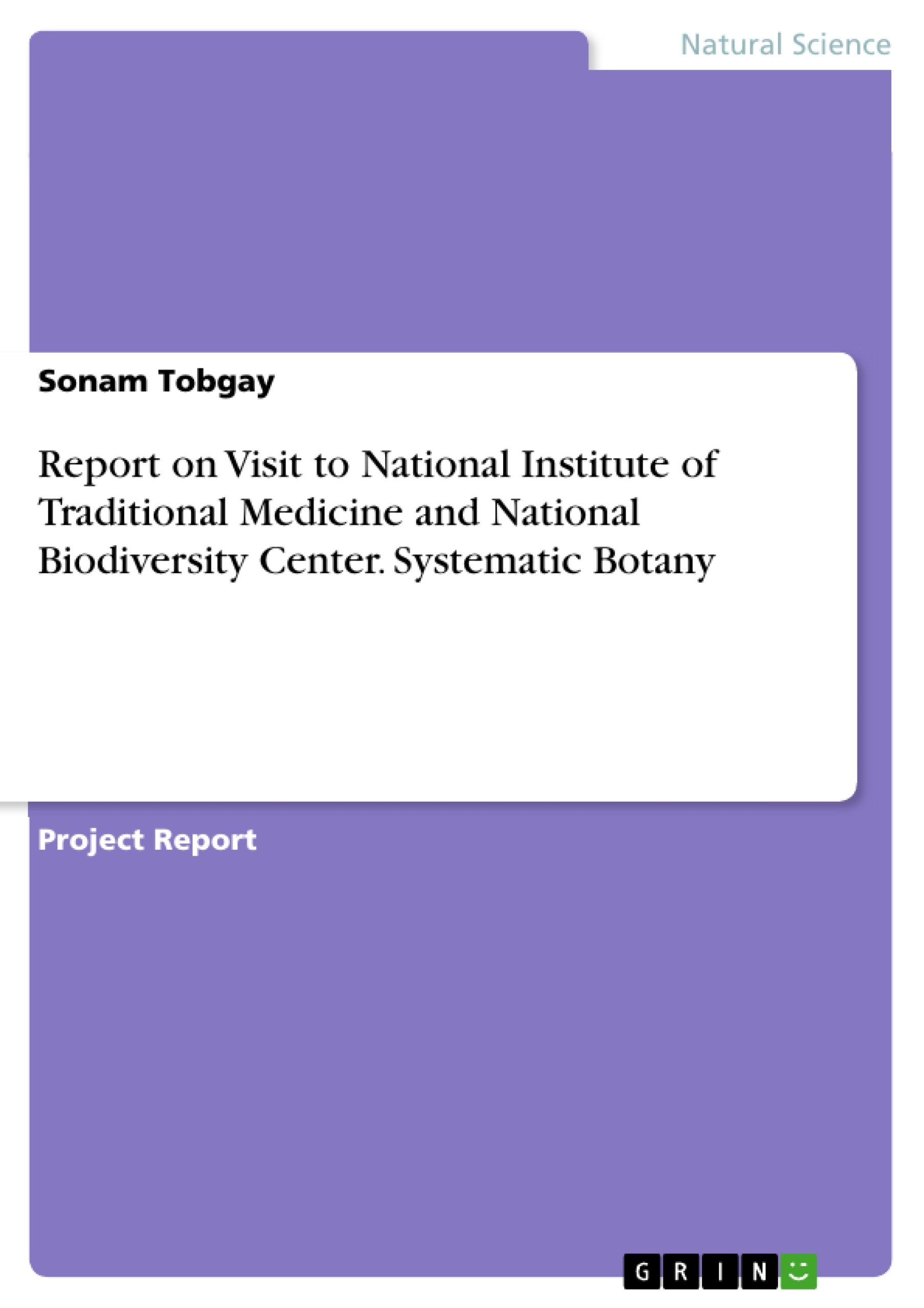The National Institute of Traditional is located at Kawang Jangsa, Thimphu. It was established in 1971 and upgraded in 1992. Today, the institute functions as a member Faculty of Traditional Medicine under the Khasar Gyalpo University of Medical Sciences of Bhutan. Currently it has Three Units: (1) The Hospital Unit/Indigenous Hospital, (2) Faculty of traditional Medicine or the training Unit and (3) The Pharmaceutical and Research Unit.
Bhutan is known as the land of medicinal plants. Bhutan is regarded as one of the ten global hot spots in terms of biodiversity and environmental conservation. Apart from its rich biodiversity and natural resources, there are some endanger flora and fauna. The Bhutan Landscape habitats more than 600 medicinal plants identified, and at least 300 of these are commonly used by local practitioners in the country for preparing local medicines.
Productions in the past, all traditional medicines were produced manually. Small scale mechanized production started only in 1982 with support from World Health Organization but local healer has been practicing from centuries and yet still exists. Although most of the plant ingredients are collected from wild, some of the species are now being cultivated/ domesticated by the farmers. Perhaps medicinal plants collected are one of the first economical activities initiated and sustained in this highland of raw materials procured within the country. Some part of the remaining raw materials which is not available in the country is mostly imported from India.
Inhaltsverzeichnis (Table of Contents)
- Visit at National Institute of Traditional Medicine
- Storage and distribution
- Herbal Collection Site
- Utilization of Traditional Medicines
- Processing and production of tablets and capsule
- APG system of classification
- Visit at National Biodiversity Centre, Serbithang
- Herbarium
- Conclusion
- Reference
Zielsetzung und Themenschwerpunkte (Objectives and Key Themes)
This report details a visit to the National Institute of Traditional Medicine and the National Biodiversity Center in Thimphu, Bhutan. The objectives are to provide an overview of the facilities, their functions, and the role they play in preserving and promoting traditional medicine and biodiversity in Bhutan.
- The significance of traditional medicine in Bhutan and its role in healthcare.
- The importance of biodiversity conservation and the role of the National Biodiversity Center.
- The processes of traditional medicine production, including herbal collection, processing, and distribution.
- The use of the APG system of plant classification in the study of medicinal plants.
- The challenges and opportunities facing traditional medicine and biodiversity conservation in Bhutan.
Zusammenfassung der Kapitel (Chapter Summaries)
The report begins with a visit to the National Institute of Traditional Medicine, highlighting its history, organization, and key functions. The institute's role in producing and distributing traditional medicines is discussed, emphasizing the importance of sustainable collection and production of medicinal plants. The report then delves into the utilization of traditional medicines in Bhutan, outlining their popularity, particularly among the elderly population.
The report then focuses on the processing and production of tablets and capsules, outlining the various steps involved, from raw material procurement to quality control and final packaging. The report concludes with a brief description of the National Biodiversity Center, emphasizing the importance of its herbarium and its contributions to biodiversity conservation.
Schlüsselwörter (Keywords)
This report focuses on traditional medicine, biodiversity, medicinal plants, sustainable collection, production, distribution, National Institute of Traditional Medicine, National Biodiversity Center, Bhutan, APG system of classification, and herbarium.
- Arbeit zitieren
- Sonam Tobgay (Autor:in), 2015, Report on Visit to National Institute of Traditional Medicine and National Biodiversity Center. Systematic Botany, München, GRIN Verlag, https://www.grin.com/document/295574



